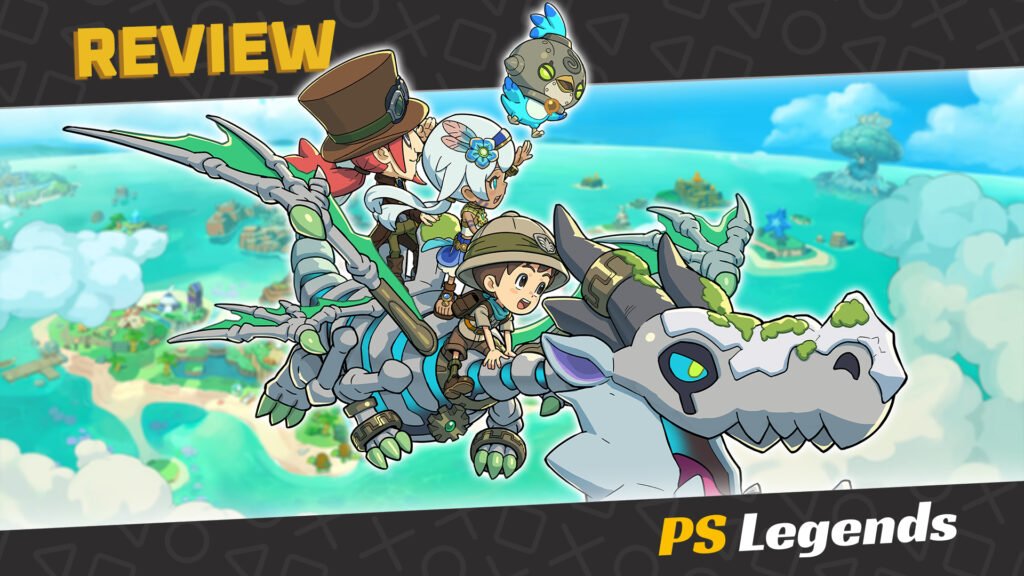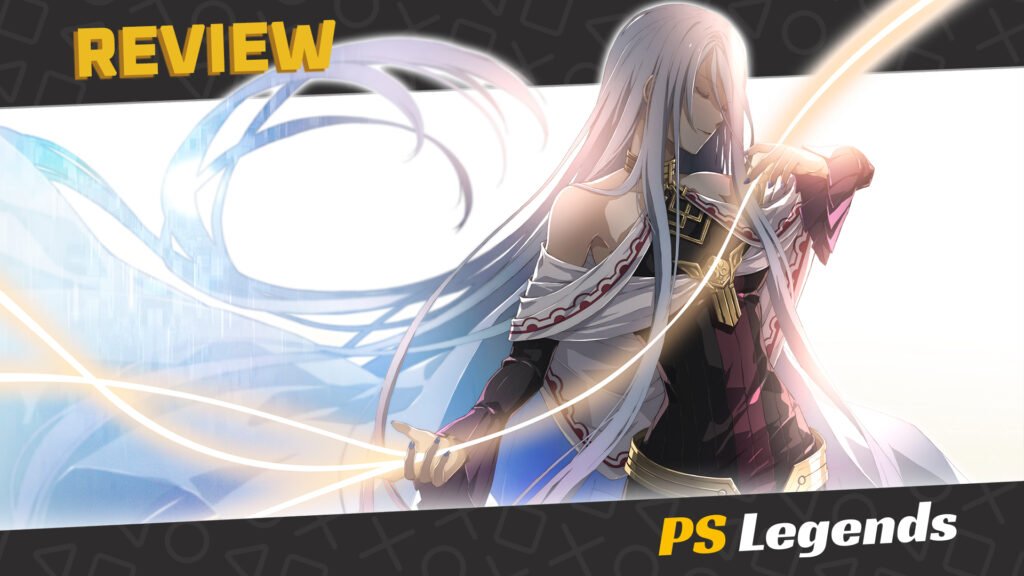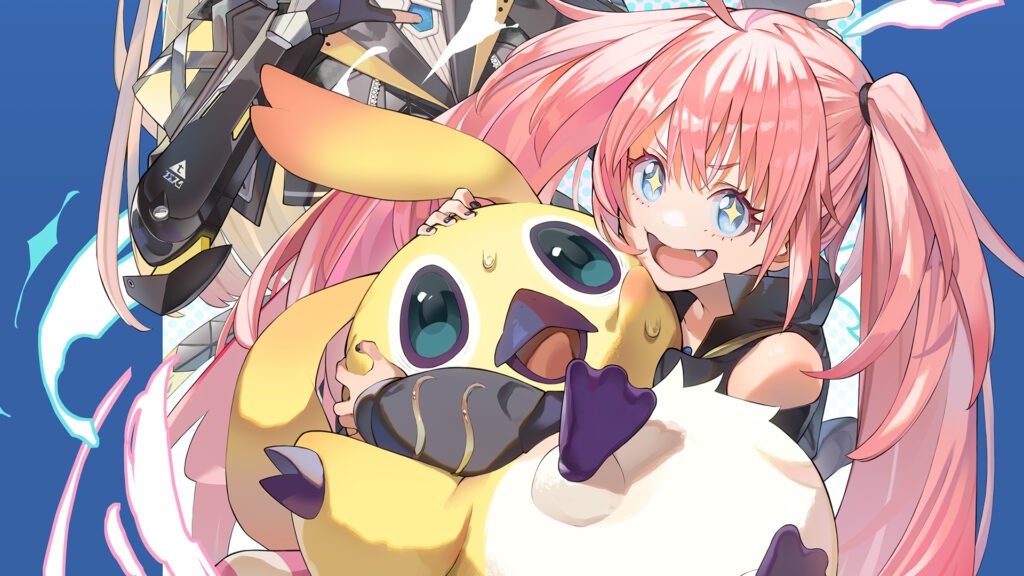We’re finding ourselves in a similar position with the Pixel Remaster edition of Final Fantasy IV as we were with Final Fantasy III since, once again, we’ve received a slightly upscaled, more vibrant port of the original game when there’s already an expanded 3D remake available. As such, we’re playing a game which, even after its long-awaited release, still lives very much in the shadow of its remake.
For Europeans such as myself who never received a release of the first six Final Fantasy games (while North America only received three of them), getting a remaster of an inferior version is like rubbing salt in the wound left after Final Fantasy III’s figurative stab in the back. Like its predecessor, this is certainly not the definitive version we wanted, but rather an opportunity to catch up on a missing game on our play-list. We might be playing a game that doesn’t try very hard to bridge that hefty generation gap, yet Final Fantasy IV certainly outshines some of its predecessors, particularly in the depth of its writing.
On This Page
Introduction
Final Fantasy IV is a role-playing game developed and published by Square (now Square-Enix) in 1991. The original game introduced innovations that became staples of the Final Fantasy series and role-playing games in general, specifically the invention of the Active Time Battle system. Retrospectively, Final Fantasy IV is often regarded as a pioneer of gaming history for its use of this hybrid-like ATB combat system.
Final Fantasy IV has been ported to several other platforms with varying differences. A remake, also called Final Fantasy IV, with 3D graphics was released in 2008. The enhanced port of the original game was released as part of the Final Fantasy Pixel Remaster compilation series for iOS, Android and Windows in 2021, and PlayStation 4 in 2023.

Story
Most of Final Fantasy IV takes place on an alternative Earth, also known as the Blue Planet, which consists of the surface Overworld inhabited by humans, and an Underworld inhabited by the Dwarves. A moon also orbits the planet, where fairy tales of the mysterious ‘Lunarians’ are set.
Our protagonist, Cecil, successfully fends off a monster attack while returning from a military mission on behalf of the previously peaceful kingdom of Baron. After making his way home, Cecil is stripped of his command of the Red Wings by the King of Baron for daring to question why the kingdom is attacking other nations to obtain their crystals. Cecil is replaced by the enigmatic Golbez and sent instead to a nearby village to deliver a package which is soon revealed to be a bomb, resulting in Cecil making a stand and starting a rebellion against Baron.
The characters are a charming bunch. We’ve got protagonist Cecil and dragoon knight Kain who follow a similar redemption arc, beginning as accessories to war crimes before rising to hero status. Rosa is our white mage and the already-established lover of Cecil at the start of the game; There’s none of that ‘will they, won’t they’ filler here. We’ve also got the equally beautiful summoner Rydia who grows throughout the story, from a refugee girl to an unmatched sorceress. Note, this seems to be the beginnings of Square’s brief obsession with putting its female characters in leotards.

Gameplay
The combat system is as basic as would be expected for a 30+ year-old JRPG. It’s a turn-based setup with the original Active Time Battle system, where turn order is decided roughly by a timer measured by bars on the right side of the battle screen. Encounters are random, though one of the biggest additions to the Pixel Remaster versions is the ability to toggle encounters on or off by clicking the right stick or choosing the corresponding menu option.
In Final Fantasy IV, the player controls a large cast of characters and completes quests to advance the story. Characters move and interact with people and objects on a field map, which may represent a variety of settings, such as towers, caves, and forests. Travel between areas occurs on the overworld. The player can use towns to replenish health, buy equipment, and discover clues about their next destination. The game was the first in the series to allow the player to control up to five characters in their party; previous games had a maximum party limit of four.
Player characters and monsters have hit points (HP), with the characters’ HP captioned below the main battle screen. Attacks reduce remaining HP until none are left, at which point the character faints or the monster dies. If all characters are defeated, the game must be reloaded from a saved game file. The player can restore the characters’ hit points by having them sleep in an inn or use items in the party’s inventory, such as potions, as well as using healing magic spells.
Weapons and armour bought in towns or found in dungeons can be used to increase damage inflicted on monsters or minimise damage received. The player can choose whether characters appear on the front line of a battle or in the back. A character’s placement impacts damage received and inflicted depending on the type of attack.

Each character has certain strengths and weaknesses; for instance, a strong magic user may have low defense, while a physical fighter may have lower agility. Like other Final Fantasy games, characters gain new, more powerful abilities with battle experience. Magic is classified as either ‘White’ for healing and support, ‘Black’ for offense, or ‘Summon’ for summoning monsters to deliver highly destructive attacks. A fourth type, ‘Ninjutsu’, consists of support and offensive magic and is available to only one character. Magic users gain new spells at preset experience levels or fixed story events.
You’ll gain and lose many comrades throughout the adventure and, as such, also their class abilities. This can lead to some pretty unbalanced team setups, though an easy workaround for this is a bit of occasional level grinding. Thankfully, this Pixel Remaster makes grinding a few extra levels a cinch. The in-game boost settings for experience and money can quadruple your rewards.
Graphics/Sound
I’m largely retreading old ground when describing the visual makeover of Final Fantasy IV Pixel Remaster since each game in the series uses an identical mock-16-bit era engine. It’s minimalist at best, and here, where character writing is starting to show more expression and emotion, it simply doesn’t provide a convincing, or even visible, portrayal. This can make for a staggering lack of emotion in what should be deeply emotional scenes.
In addition, the new orchestrated versions of the soundtrack are nice enhancements of the game’s already stellar soundtrack, though the new compositions struggle to bring anything new or make full use of the orchestra available, which made for a far grander presence in other games in the Pixel Remaster series. I was really expecting such an iconic soundtrack to be handled with a little more passion.

Replayability/Trophies
Like Final Fantasy III, Final Fantasy IV can exceed 20-hour playthroughs, but again, we’ve got the unwelcome return of early Final Fantasy tropes in the form of missable content. Many items, enemies, locations and trophy requirements will disappear during the story, thus making 100% completion impossible for players who prefer to enjoy the story and return to areas later to tie up loose ends. Once again, a guide is absolutely essential for this platinum, or we’ve got another restart situation on our hands.

Conclusion
If Final Fantasy III is the spiritual successor of the original Final Fantasy, then Final Fantasy IV could be considered the offspring of Final Fantasy II, right down to the constant ‘revolving door’ party setup with an ever-changing group of playable characters with particular skill sets. Despite the simplicity of the storytelling, it still shows a definite evolution in its depth over its predecessors.
What the game (particularly as a remaster) misses is the opportunity to use graphical animation enhancements to correct major shortfalls in its otherwise decent storytelling. Whilst the game’s beginning and ending are captivating enough on their own, the middle leaves a lot to be desired, when a fundamental lapse in storytelling effort had me smirking at what should be a serious sequence of scenes. The fans will know what I’m talking about.
I’ll try to tiptoe around the spoilers, but a little after the halfway point, the game takes a dark turn when three of your allies are seemingly killed off in a sequence of unfortunate events. These events are so lazily animated and the final moments so hammy that I couldn’t help but chuckle at what should be a tear-jerking moment. Honestly, this new (in 1991) wave of great, well-written characters deserved better than these slapstick slip-ups.
Tempting as it is to ignore the faults of a game which made a significant step forward for the series in both its combat and narrative while also bringing some exceptional world-building, we can’t ignore the fact that the technical and graphical shortfalls of the original release are still present years later in what should be a polished remaster, leaving us once again with an inferior version when a more polished remake is still waiting to be ported to the home console.
Still, Final Fantasy IV remains a respectable JRPG that’s nice to revisit for nostalgic research into past progress. For the series, Final Fantasy IV is undoubtedly a step in the right direction and would likely be looking at much higher scores back in its prime, but with its current price tag and ‘Remaster’ branding, I don’t think it’s unreasonable to expect the weaker scenes remade, characters animated with more detail and passion, and that iconic music more vibrant. It’s a lazy remaster of a once great game.
Joys
- Great, more fleshed-out characters
- Great story with surprising twists
- Incredible world-building
Cons
- Dreadful visuals hold back the narrative
- Terrible slapstick death scenes disrespect their characters
- Music not as epic as alternative recordings


